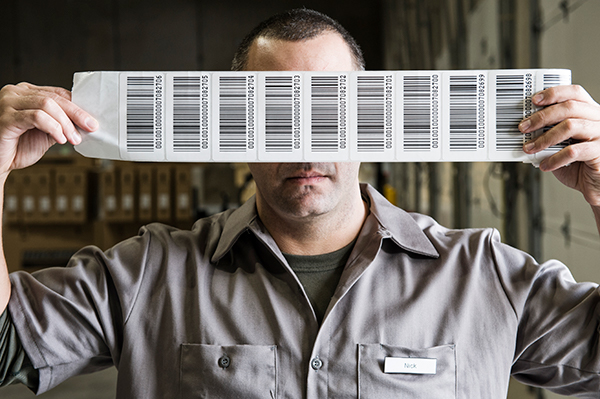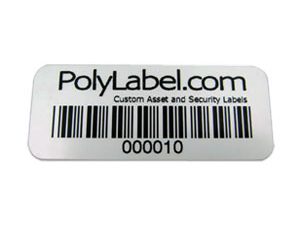Why Use Asset Tags
Asset Tags
Asset tags help to track the whereabouts and the number of transactions related to the asset/s. A company usually acquires various types of assets or products over a time period. These products get circulated within numerous locations and departments. This increases the chances of their loss, theft or misplacement. Hence, a label or a tag is attached to it so that its location can be tracked.
How do Asset Tags Operate?
There are many types of asset tags. Tags like barcode or Unique Identification (UID) asset tags need to be checked manually. They usually have serial numbers in order to enable quicker tracking. They even include the logo of the company so that they can be identified easily. But advanced asset tags like RFID and GPS send beacons’ or signals periodically which are then utilized to track the actual location of the asset/s concern.
Benefits of Asset Tags
They serve their purpose across many industries, for example, warehouses, education, healthcare and the likes. The main benefits include:
- Equipment tracking: Barcodes are attached to assets to track various info starting from manufacturing date to the number of transactions or transfers that product has gone through.
- MRO information: MRO stands for ‘maintenance, repair and overhaul’. Managing MRO inventory is crucial for a product-centric business. Availability of raw or related materials for production is essential for a smooth manufacturing chain. Timely checking on the inventory with the help of an asset tracking system helps to keep the capital stock updated.
- Controlling inventory: Firms can keep a track of their capital or inventory stock with the help of asset tagging. It helps in inventory management which is crucial.
Choose the Right Tag
Selecting the right type of tag for the equipment is essential. Various options that are available are:
- Barcodes: They are the most widely used asset tags and usually known as 1D barcodes. They are grouped into Code 39 and Code 128. Code 39 uses alpha-numeric code along with seven special characters. Whereas code 128 includes 128 characters, thus being more efficient while scanning.
- Quick Response (QR) codes: An updated version over barcodes, QR codes are space-efficient and hold more information. It is easy to scan QR codes by smartphones.
- Radio frequency identification (RFID): Businesses dealing with expensive equipment generally use RFID asset tags. Information is transmitted through radio waves. An added advantage in this tagging is that the reader of the signal need not be present while the asset is being scanned. They are commonly used close to garages, hangars, warehouses and workshops.
- Global Positioning System (GPS): GPS trackers are used to track the location of a particular asset in real-time. GPS tags are combined with RFID tagging for military assets and personnel.
Asset tagging minimize wastage of resources and costs associated with inventory management, theft or misplacement of products or essentials.
Asset tagging is mostly beneficial in case of expensive equipment, both fixed and movable assets. Fixed assets require maintenance, so asset tags provide MRO information for their periodic service sessions. GPS and RFID tags are used commonly for movable assets.
Further, taking into account the type of industry, added information can be used with the tags for easier tracking and better logistics.






